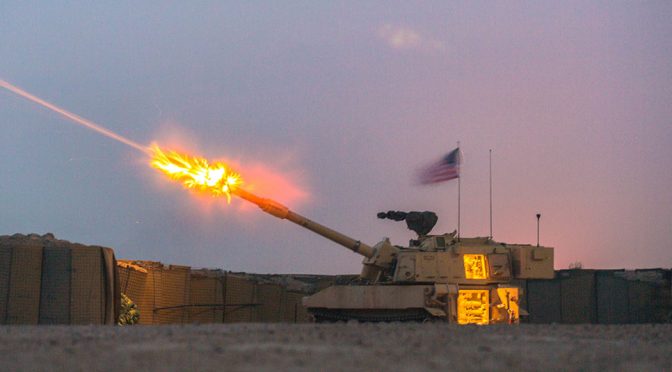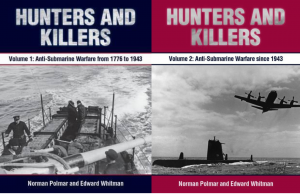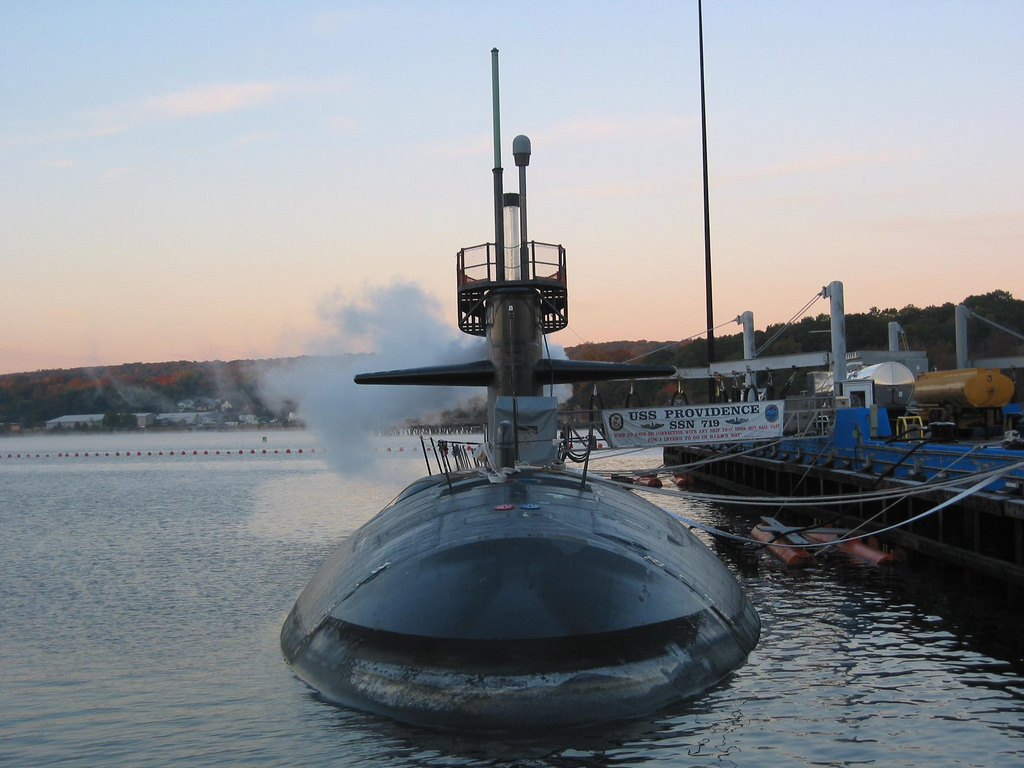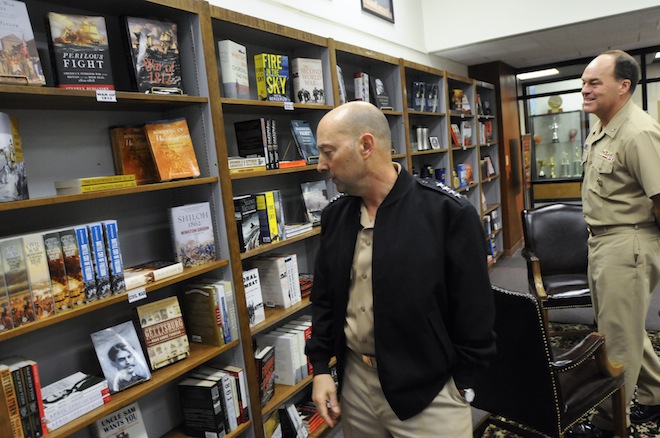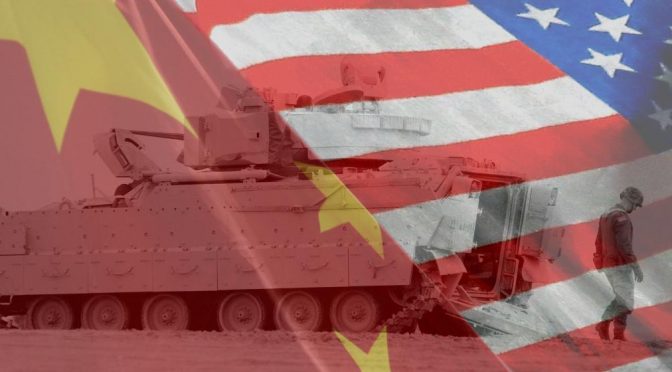Robert Scales, Scales on War: The Future of America’s Military at Risk. Annapolis, Naval Institute Press, 2016, 248 pp, $25.46.
By Colin Steele
“Wars break armies, and they have to be put back together again.” — Bob Woodward, paraphrasing Gen. (ret.) Jack Keane
“Wars may be fought with weapons but they are won by men.” — Gen George S. Patton, Jr.
In my early teens, I enjoyed former SEAL Richard Marcinko’s Rogue Warrior books. I couldn’t yet drive, so stories of SEAL derring-do provided an outlet for too much testosterone with too little direction. I haven’t read any of the “hop-and-popping, shoot-and-looting” exploits of Demo Dick and Red Cell in years, but the stories planted several seeds that have taken root over time. Perhaps the most enduring of these from the Rogue Warrior books is Marcinko’s quip that the word “war” is itself an acronym for We Are Ready.
As the major ground commitments of the Long War appear to be winding down in Iraq and Afghanistan, the defense establishment is turning to the question of the next war — hybrid or high tech? Gray zone or little green men? Whatever it is, will we be ready?
War prognostication is an infamously fallible industry. In the memorable words of former Secretary of Defense Robert Gates, “when it comes to predicting the nature and location of our next military engagements, since Vietnam, our record has been perfect. We have never once gotten it right.” The perennial and oft-cited problem of “fighting the last war” only sets in after forces have been committed to a place, region, and conflict that was neither predicted nor prepared for. And once boots touch ground, of course, training is over: the war will be fought with the force — tactics, techniques, procedures, and equipment — we have, not those we “might want or wish to have,” to paraphrase Gates’s predecessor Donald Rumsfeld.
If we wish to be ready for the next war, two questions follow: whether we can improve our ability to predict the conflict and how we might better prepare our forces to win no matter what. In his latest book, Scales on War, retired Army Maj. Gen. Bob Scales takes up both questions, and, with iconoclastic fervor, tears down the business-as-usual answers to each.
On war forecasting, Scales is especially scathing: “The least successful enterprise in Washington, D.C., is the one that places bets on the nature and character of tomorrow’s wars. The industry remains enormously influential and well financed, because everyone in Washington knows that bad bets cost lives and waste trillions.” He goes on to lay out five lines of wishful thinking, ranging from the “Scenario Development School” to the “Global Trends School” — and to dismiss each of them as implausible wishful thinking.
Even more concerning to Scales than misconceptions of where the next war will be fought is the question of who will do the fighting and how. Namely, his concern is for the infantry, the “intimate killers” who ultimately close with and destroy the enemy. Scales views the capital-intensive, casualty-averse American way of war as disastrous, and, ultimately, deadly to the next generation of infantry that will inevitably be committed to fight. As long as wars will forever be won by infantry, in Scales’s view, we owe it to this minority of soldiers to train and equip them to utterly dominate the enemy. No U.S. soldier should ever find him or herself in a fair fight.
Scales is compelling on both fronts, throwing cold water on the war forecasters and laying out the case for the infantry necessary to definitively fight and win the nation’s wars. Scales on War, however, is more successful in its diagnoses and critiques than in its prescriptions. Perhaps out of reluctance to offer yet another flawed prediction, “the enemy” too often goes unspecified. Too much of the argument also rests on emotional appeal, for example by reference to a “debt” owed to service members by their civilian masters. This is a far too easily contestable basis for law and policymaking. Finally, the book is almost completely silent as to the importance of joint warfare. Wars might ultimately be won by “intimate killing” — and soldiers’ lives should not be wasted — but the much broader strategic, operational, and budgetary context in which the infantry exists and fights receives short shrift relative to its policy implications.
The policy merits of Scales on War will have to be debated and ultimately decided upon by the politicians who will resource and shape tomorrow’s fighting force. What makes the book worth reading for those within (or interested in) the Department of Defense, however, are the lessons Scales points toward in terms of educating and training the force. No matter how policymakers strike the balance between highly trained infantry and high-tech platforms, the services will retain the responsibility for preparing tomorrow’s troops for tomorrow’s wars, wherever they may be.
However badly we may fail to predict tomorrow’s wars (be they anything from messy contingency operations to high-end interstate war) the test of war will be the same as ever: are we ready? As Scales points out, the world is changing, and so are the technology, character, and scope of conflict. Enemies continue to adapt and emerge; the U.S. joint force is still looking for a new normal after Iraq and Afghanistan. Women are being integrated into U.S. combat arms (on which Scales holds a pragmatic and largely positive perspective), new battlefield technologies hold the promise of giving the infantry unprecedented advantages, and education and training will evolve to meet tomorrow’s needs. In fact, education and training may prove to be the most important area for innovation and evolution — and Scales’ limited but clear-eyed suggestions on that topic should be studied and expanded upon by future authors.
Scales on War is the author’s last book — his “last shot to tell the sad story of neglect, ahistoricism, intellectual hubris, corruption, and ignorance about the nature and character of war that has left too many of our [soldiers] dead on the battlefield.” In that he succeeds, though more policy work is needed to find solutions. Others should pick up where Scales on War leaves off so that, when the next war comes, “We Are Ready.”
Featured Image: A U.S. Army M109A6 Paladin deployed in support of Combined Joint Task Force – Operation Inherent Resolve, fires during training operation at Camp Manion Iraq, March 10, 2017.

